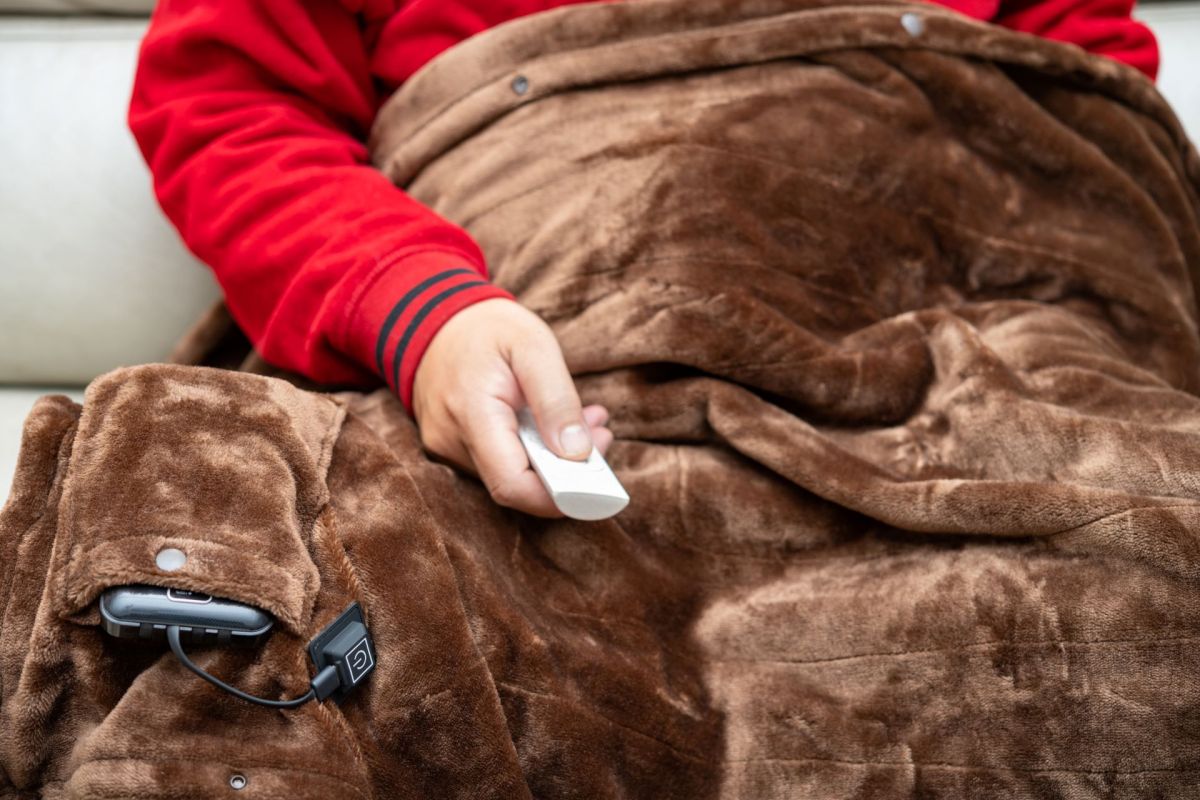Expensive energy bills may seem like an unfortunate fact of life, especially during the cold winter months. And they are only getting more expensive, as liquified natural gas remains in short supply.
Electricity bills rose in 2022 at the highest rate since 1981, with experts expecting them to keep going up. Solar energy may be a big fix in the future, but it is not yet accessible to everyone.
Thankfully, there's more that you can do to keep yourself warm than continue to shell out big bucks for unrenewable, planet-harming gas.
One Australian energy efficiency enthusiast has been chronicling his attempt to turn his household into a "Fossil Fuel Free Family," and he's shared all of his strategies in a report online.
How to warm your home without using excess energy
David Southgate, a self-described "retired environmental bureaucrat" based in Canberra, Australia, has been attempting to shift his family's energy needs away from dirty energy sources since 2013. At this point, he can boast that they have cut their "keeping warm" energy usage by 95% during the winters.
The secret? It's not about keeping the whole house warm — it's just about keeping his family warm.
This can be as simple as wearing warm clothing, like a hoodie, indoors. But it's also helpful to understand a bit of the science behind it.
"The archetype of the hood was known two millennia before thermostats in both Greece and Rome," Robert Nelson, an honorary fellow at the University of Melbourne who reviewed some of Southgate's findings said. "They're just as effective today."
Wearing a hooded garment indoors can provide even more personal heat than warming your entire house, as anyone with a hooded robe can attest to. That's because your body generates heat, and heat travels upwards. When your head is covered by a hood, the hood traps that heat, creating something of a circular heating system.
Keeping the rest of your body warm — especially your feet — can even help your fingers from getting chilly, as the increased circulation allows for more blood flow to the extremities. Believe it or not, the best route to warm hands can be a pair of warm socks on your feet.
Why reduce your reliance on dirty energy sources?
The vast majority of the energy we use to heat our homes comes from dirty energy, which is comprised of the fossilized remains of plants and animals that have been buried underground for millions of years. These resources are non-renewable, which means that we are quickly running out of them.
Even worse, burning these fuels contributes to the overheating of our planet, which is leading to more extreme weather events and climate-based disasters. Drilling and mining for them also negatively affect the surrounding ecosystems, often polluting water supplies and tainting soil.
While governments have been hesitant and slow to move away from these dirty energy sources, as the existing infrastructures and economies have become unfortunately reliant on them, some environmentally-minded individual consumers, like Southgate, are taking that challenge on themselves.
And, as Nelson writes, the benefits can go beyond simply saving money. You also get the personal benefit of feeling good about your own choices.
"It's satisfying to create your own warmth rather than rely on artificially supplied warmth," he writes.
Join our free newsletter for easy tips to save more, waste less, and help yourself while helping the planet.









